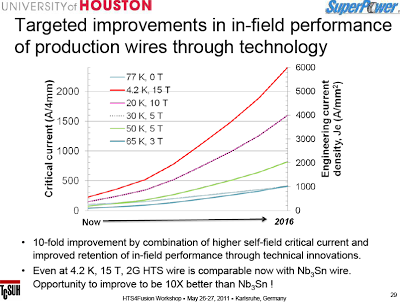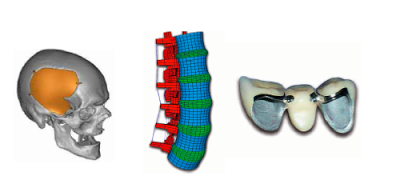North Dakota produced a record 444,142 barrels of oil per day in August, 2011
North Dakota produced 444142 barrels of oil per day in August, 2011 This is 60,000 barrels per day more than two months ago and 80,000 barrels per day more than three months ago. North Dakota Department of Mineral Resources Director Lynn Helms indicated that the boom in North Dakota oil is likely to lead to …








